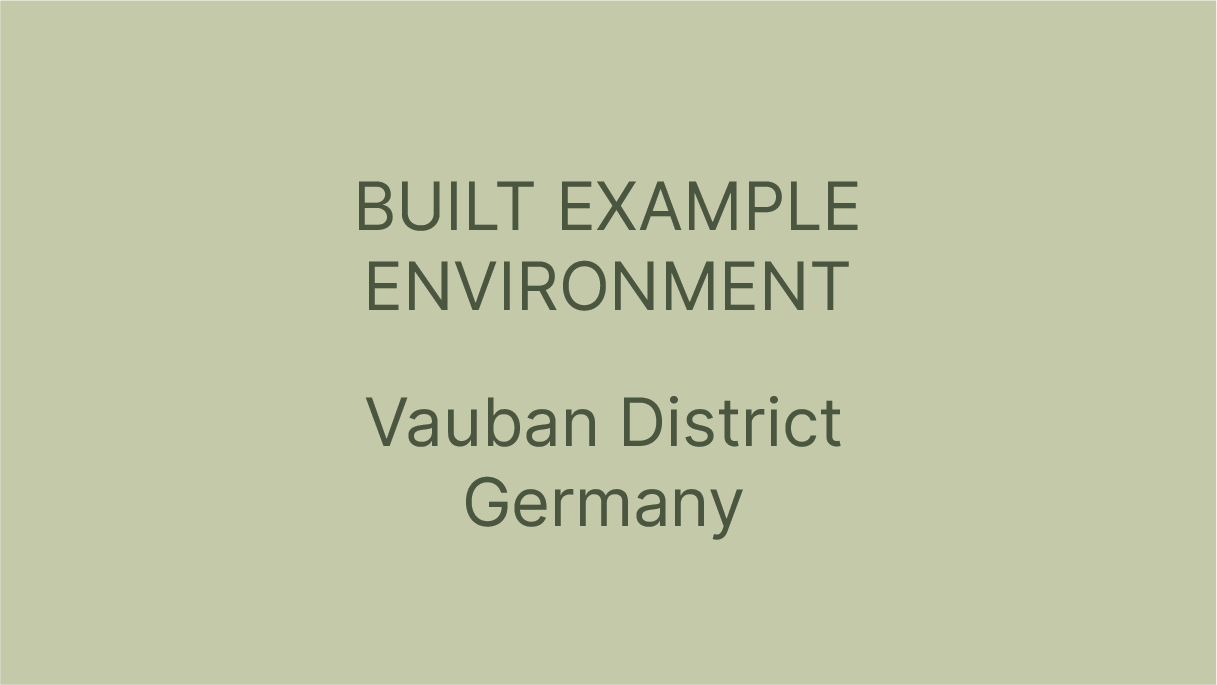Solaris
With a spiralling landscaped ramp and an array of bioclimatic strategies, the Solaris office building works as an extension of Singapore’s One-North Park, where it is located. According to Singapore’s sustainable building benchmark, Solaris has received the highest rating (platinum).
Eko Viikki
Eco-Viikki is the first ecological neighbourhood built in Finland between 1994, the year of the first competition, and 2004. The aim was to build a sustainable neighbourhood, capable of answering and addressing FUTURE crises while providing HEALTH AND WELLBEING to its inhabitants. Two competitions were held. The first competition aimed to establish the town plan, which was won by architect Petri Laaksonen with a vision linking the built environment and nature together. Then a second competition at building scale was held where every submitted project was evaluated based on their ecological qualities and ability to meet this wider vision. A completely new and innovative set of ecological criteria (PIMWAG) was created to evaluate the ecological potential and commitment of the submitted projects. In addition to its value as an ecological living environment, Eco-Viikki acts as a prototype, testing theoretical ecological solutions in design and practice. Finally, providing empirical results of the neighbourhood and the way its PERFORMANCE has been evaluated and monitored is exemplary and enriching.
Common Unity
“Common-Unity” is a rehabilitation project of the community public space in the San Pablo Xalpa Housing Unit in Azcapotzalco, Mexico City. The unit was divided by walls, fences and barriers that the inhabitants had built over time try to overcome insecurity. This did not allow for a free use of the community public space available and led to more safety issues. The main architect’s objective was to transform a “sectored housing unit” into a “Common-Unity”, designing with the community and not only for it, based on democratic processes. They removed the vertical borders replacing them with horizontal boundaries made of metal structure roofs without permanent walls.
Natural Light
Good natural light, views and connection to outside are crucial for human health and well-being. Good visual comfort needs to be provided in all spaces inhabited by humans for any length of time. Doing so supports people’s well-being and can create delightful spaces, while at the same time minimising the energy needed for active heating and artificial lighting. This can reduce running costs and reduces running costs and tackles the climate emergency.





